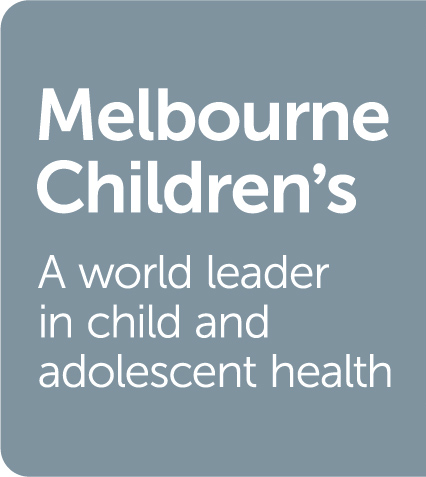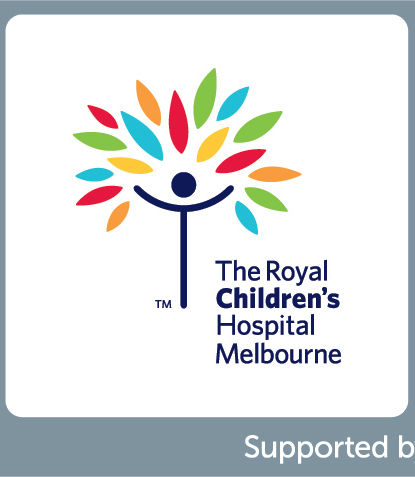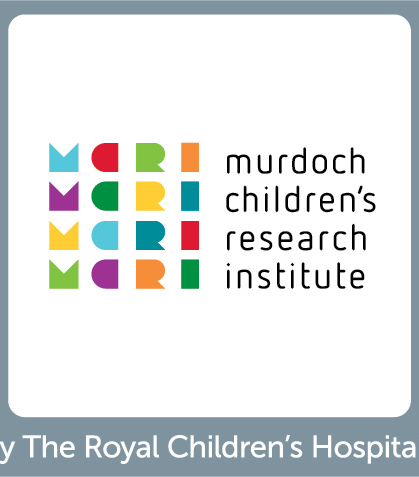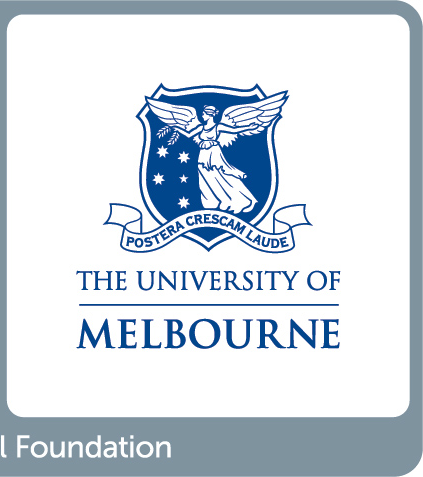IYDS: Demographics
| Relevant LifeCourse Constructs | Year | 2002 | 2003 | 2004 | 2006 | 2007 | 2008 | 2010 | 2012 | 2014 |
|---|---|---|---|---|---|---|---|---|---|---|
| Wave | 1 | 2 | 3 | 4 | 5 | 6 | F1 | F2 | F3 | |
| Age | 9-16 years | 11-17 years | 11-16 years | 14-16 years | 15-17 years | 16-18 years | 17-24 years | 20-26 years | 22-28 years | |
| N | 2884 | 2884 | 1909 | 927 | 927 | 926 | 2872 | 2871 | 2870 | |
| Benefits and pensions | P:SV-GB P | |||||||||
| Country of birth | P:SV-CoB P P:SV-CoB I | |||||||||
| Current education | S:IYDS I | S:IYDS I | S:IYDS I | S:IYDS I | S:IYDS I | S:IYDS I | S:IYDS I | S:IYDS I | ||
| Date of birth | S:SV-DoB I P:SV-DoB P P:SV-DoB I | |||||||||
| Employment status | P:SV-ES P P:SV-ES IP | S:MTF I | S:MTF I | S:MTF I | S:MTF I | S:IYDS I | S:IYDS I | |||
| Ethnic group | S:SV-E I P:SV-E P | |||||||||
| Financial circumstances | S:IYDS-LE I | S:ATP I S:IYDS-LE I | S:ATP I S:IYDS-LE I | |||||||
| Gender identity | S:IYDS I | S:IYDS I | S:IYDS I | S:IYDS I | S:IYDS I | S:IYDS I | S:IYDS I | S:IYDS I | ||
| Household composition | P:SV-HC P | S:SV-HC I | S:SV-HC I | S:SV-HC I | S:SV-HC I | S:SV-HC I | S:SV-HC I | S:SV-HC I | ||
| Housing history | S:SSDP-TMS I | S:SSDP-TMS I | S:SSDP-TMS I | S:SSDP-TMS I | S:SSDP-TMS I | S:SSDP-TMS I | S:SSDP-TMS I | S:SSDP-TMS I | ||
| Housing ownership and tenure | P:IYDS P | S:IYDS-LE I | S:IYDS I S:IYDS-LE I | S:IYDS I S:IYDS-LE I | ||||||
| Income | P:SV-I Fam | S:ATP I | S:ATP I | |||||||
| Language spoken | P:SV-LS P | |||||||||
| Level of educational attainment | S:SV-EA M S:SV-EA F P:SV-EA P | S:SV-EA I | ||||||||
| Marital or partnership status | P:SV-MS P | S:RHCS-R I | S:RHCS-R I | |||||||
| Number of changes of school | S:SSDP-TMS I | S:SSDP-TMS I | S:SSDP-TMS I | S:SSDP-TMS I | S:SSDP-TMS I | S:SSDP-TMS I | S:SSDP-TMS I | S:SSDP-TMS I | ||
| Number of dependant children | P:IYDS P | S:ATP I | S:ATP I | |||||||
| Number of siblings | P:SV-SI P | |||||||||
| Occupation | S:ABS I | S:ABS I | ||||||||
| Respondent information | P:SV-RI I S:SV-RI I P:SV-RI P | S:SV-RI I | ||||||||
Featured measurements
- ABS
-
: Australian Bureau of Statistics-devised - ATP
-
: Australian Temperament Project-devised measure - IYDS
-
: International Youth Development Study-devised measure - IYDS-LE
-
: IYDS devised - Living Expenses Item set - MTF
-
: Monitoring The Future Study-devised measure - RHCS-R
-
: RHC Survey devised - Relationships Item set - SSDP-TMS
-
: SSDP devised - Transitions and Mobility Scale - SV-CoB
-
: Study Version - Country of Birth indicator - SV-DoB
-
: Study Version - Date of Birth indicator - SV-EA
-
: Study Version - Educational Attainment measure - SV-ES
-
: Study Version - Employment Status measure - SV-E
-
: Study Version - Ethnicity measure - SV-GB
-
: Study Version - Government Benefits indicator - SV-HC
-
: Study Version - Household Composition measure - SV-I
-
: Study Version - Income indicator - SV-LS
-
: Study Version - Language Spoken measure - SV-MS
-
: Study Version - Marital Status indicator - SV-RI
-
: Study Version - Respondent Information measure - SV-SI
-
: Study Version - Siblings Information measure
Legend
- B
= Biosample collected- BA
= Biosample analysis- G
= Grandparent(s) completed questionnaire- L
= Data linkage- N
= Nurse completed questionnaire- O
= Observation or direct assessment- Of
= Offspring completed questionnaire- P
= Parent/guardian completed questionnaire- Pe
= Peer completed questionnaire- R
= Records abstraction- S
= Self (primary participant) completed questionnaire- T
= Teacher completed questionnaire- X
= Other source- X F
-
= Pertains to father - X Fam
-
= Pertains to family - X G
-
= Pertains to grandparent(s) - X I
-
= Pertains to primary participant - X IP
-
= Pertains to partner - X M
-
= Pertains to mother - X O
-
= Pertains to offspring - X P
-
= Pertains to parent/guardian(s) - X Pe
-
= Pertains to peers - X Si
-
= Pertains to sibling(s) - X T
-
= Pertains to teacher(s) - X X
-
= Pertains to other reportees
Metadata presented by LifeCourse provides a crucial first step in understanding the available data across studies. It does not take the place of detailed study documentation, which should always be consulted during design and analysis.



